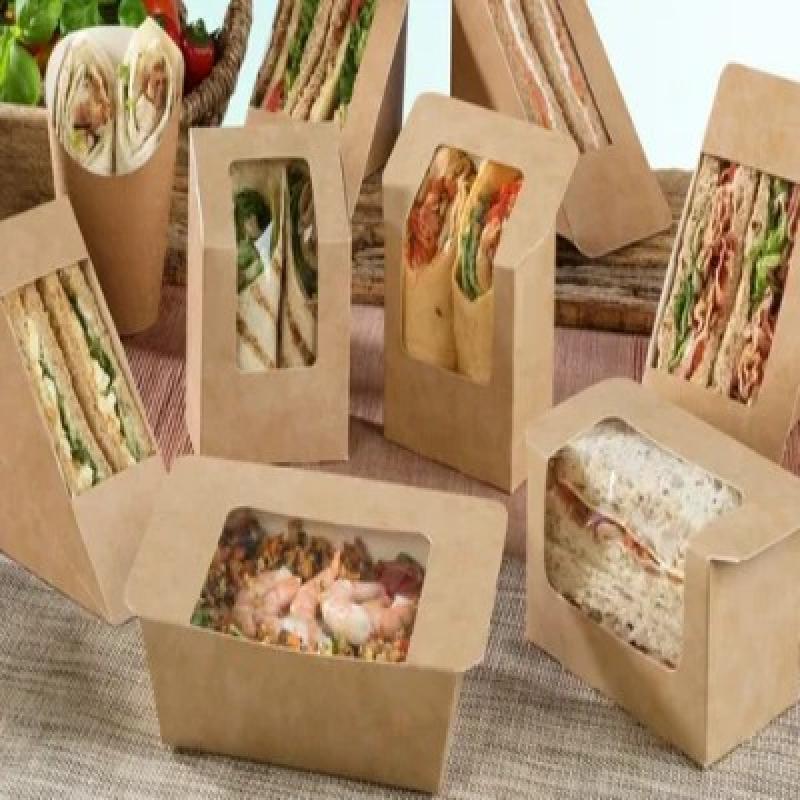Revolutionary Edible Packaging Solutions Transforming the Global Food Industry Supply Chain
The food packaging industry stands at the precipice of a revolutionary transformation, driven by innovative edible packaging solutions that promise to reshape how we think about food preservation, waste reduction, and sustainable consumption. These groundbreaking materials represent a convergence of food science, material engineering, and environmental consciousness, offering alternatives that can be consumed alongside the products they protect.
Understanding the Science Behind Edible Food Packaging Materials
Edible Packaging materials derive from naturally occurring polymers found in various biological sources. These innovative solutions utilize proteins, polysaccharides, and lipids as primary components, creating barriers that protect food while remaining completely consumable. Protein-based films typically incorporate casein, whey, gelatin, or plant proteins like wheat gluten and corn zein. These materials form flexible, transparent films with excellent oxygen barrier properties.
Polysaccharide-based packaging draws from starch, chitosan, cellulose derivatives, and seaweed extracts. Starch films offer biodegradability and mechanical strength, while chitosan provides antimicrobial properties that extend shelf life naturally. Seaweed-based materials have gained particular attention for their abundance, renewability, and unique gel-forming capabilities that create effective moisture barriers.
Lipid-based components, including waxes, fatty acids, and oils, contribute water resistance and flexibility to edible films. These materials often combine with proteins or polysaccharides to create composite films that leverage the strengths of multiple components. The resulting packaging maintains food quality while offering nutritional value when consumed.
Sustainable Benefits of Biodegradable Edible Packaging Solutions
Environmental sustainability represents the most compelling advantage of Edible Packaging technologies. Traditional plastic packaging contributes significantly to global waste accumulation, with millions of tons entering landfills and oceans annually. Edible alternatives eliminate this waste stream entirely, as consumers can eat the packaging or allow it to decompose naturally without environmental harm.
Resource efficiency marks another crucial benefit, as edible packaging materials typically require fewer fossil fuel inputs during production compared to conventional plastics. Many derive from agricultural byproducts or food processing waste, creating circular economy opportunities that transform waste streams into valuable packaging materials. This approach reduces overall resource consumption while creating additional revenue streams for food processors.
Carbon footprint reduction occurs throughout the lifecycle of edible packaging. Production processes often require less energy than traditional plastic manufacturing, while transportation efficiency improves due to reduced package weight. End-of-life disposal concerns disappear entirely, as the packaging integrates into the consumption experience or decomposes harmlessly.
Water conservation benefits emerge from reduced cleaning requirements in food processing facilities, as edible packaging eliminates the need for certain washing and sanitization steps required for traditional packaging removal. This conservation extends to consumer households, where package disposal processes become unnecessary.
Innovative Applications Across Food Industry Sectors
Fresh produce packaging represents one of the most promising applications for edible films and coatings. Fruits and vegetables receive thin protective layers that extend shelf life by controlling moisture transfer and gas exchange. These coatings can incorporate vitamins, minerals, or antioxidants that enhance nutritional value while maintaining appearance and texture.
Beverage industry applications include edible water bottles and drink pouches that dissolve completely when empty or provide additional flavoring as consumers finish their drinks. These solutions particularly appeal to sporting events, festivals, and outdoor activities where waste management presents challenges.
Confectionery and snack applications showcase edible packaging's versatility through flavored wrappers that complement product taste profiles. Candy manufacturers create packaging that adds layers of flavor experience, while snack producers develop seasoned films that enhance product enjoyment.
Ready-to-eat meal packaging incorporates edible films that dissolve during cooking or provide additional nutrients when consumed with the meal. These applications particularly benefit convenience foods, where packaging integration simplifies preparation while adding nutritional value.
Portion control applications utilize edible packaging to create pre-measured servings of sauces, spices, and seasonings. These single-use portions eliminate waste while ensuring consistent flavor delivery and reducing cross-contamination risks in commercial kitchens.
Manufacturing Technologies and Production Processes
Solution casting represents the most common production method for edible films, involving dissolving film-forming materials in water or other solvents, then spreading the solution on surfaces for controlled drying. This process allows precise thickness control and uniform film properties, making it suitable for large-scale production.
Compression molding techniques form thicker edible packaging materials by pressing heated film-forming compounds into molds under controlled pressure and temperature conditions. This method creates more rigid packaging suitable for protective applications requiring structural integrity.
Get This Report in Japanese Language: 食用パッケージ
Get This Report in Korean Language: 식용 포장
Read More Articles Related to this Industry- How Sleeve Labels Improve Packaging Efficiency and Sustainability
About Author:
Ravina Pandya, Content Writer, has a strong foothold in the market research industry. She specializes in writing well-researched articles from different industries, including food and beverages, information and technology, healthcare, chemical and materials, etc. (https://www.linkedin.com/in/ravina-pandya-1a3984191)
